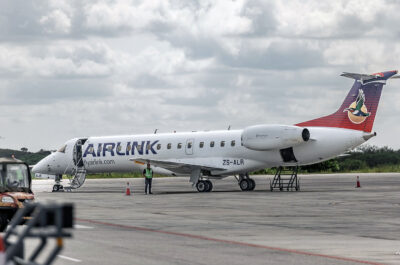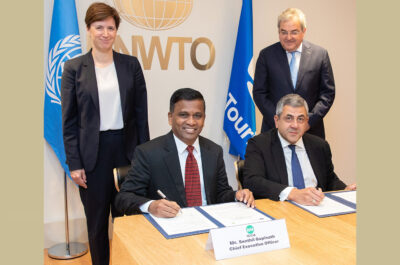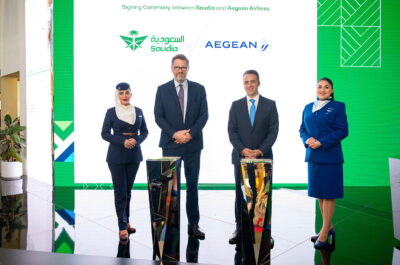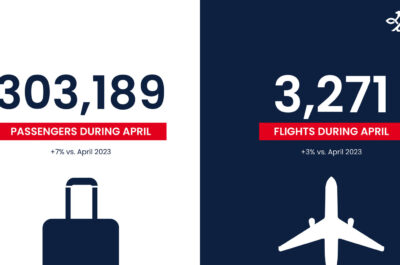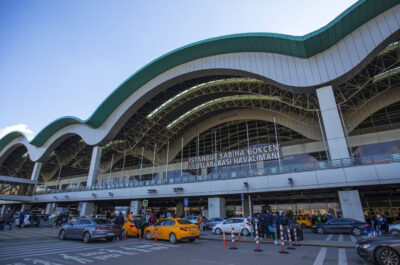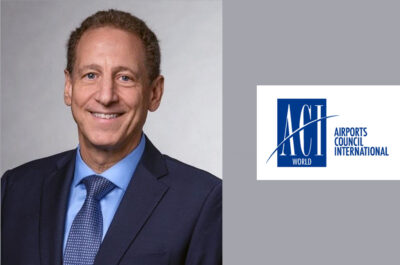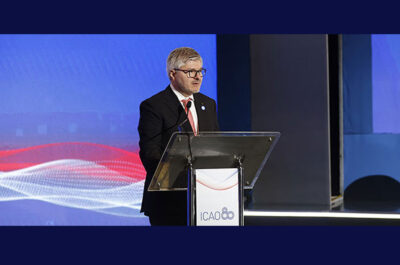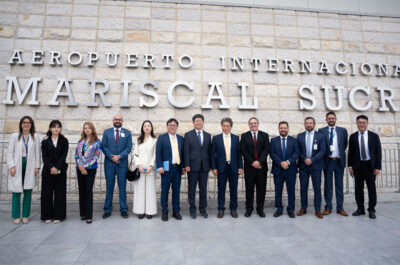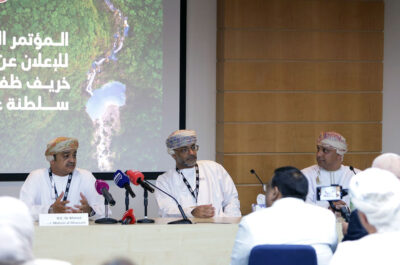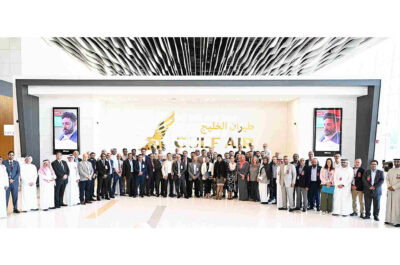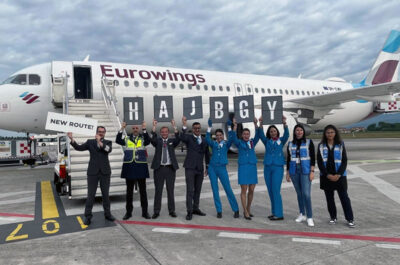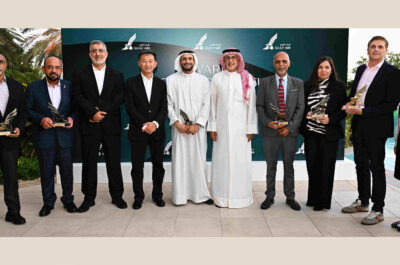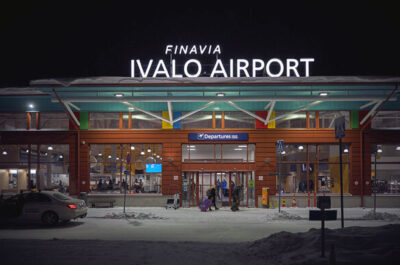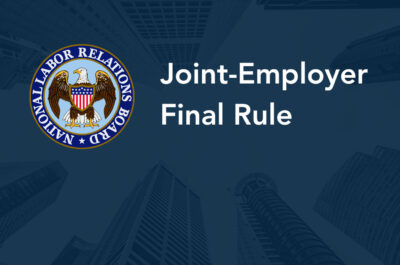In an effort to reduce the time it takes to environmentally review airport runway projects, Secretary of Transportation Norman Y. Mineta and…
In an effort to reduce the time it takes to environmentally review airport runway projects, Secretary of Transportation Norman Y. Mineta and Federal Aviation Administration (
A protracted environmental process is one of the barriers to providing the increased capacity at airports that can reduce airline and air traveler delays, said Administrator Garvey. We want to reduce environmental review time lines while maintaining high standards of environmental protection. For runway projects that meet environmental protection requirements, we want to avoid
unwarranted delays in giving approval.
An Environmental Impact Statement (EIS) for a major new runway currently takes between three and three and one half years, on the average, to complete. The FAA wants to reduce this time and has identified the following initiatives to speed up the environmental process:
Establish EIS teams for major runway projects. This initiative also includes strengthening EIS teams by adding more FAA members, asking airport proprietors to contribute members, and adding EIS consultants to teams.
Increase FAA environmental specialist and environmental attorney resources. In FY 2001, five more positions in FAA`s Airports Office will be converted to environmental specialist positions. FAA also is developing a reimbursable agreement for airports interested in paying for extra staff for expedited EIS reviews.
Maximize consultant resources to perform more EIS tasks. The FAA will use existing third party EIS contract procedures to have consultants perform such tasks as direct assistance to the FAA project manager on EIS coordination and administrative work, research and advice on special environmental issues and correspondence.
Shorten environmental paperwork by using more categorical exclusions for projects with minimal impacts and by reducing the size of EISs and Findings of No Significant Impacts. The FAA will get back to basics by preparing analytical rather than encyclopedic EISs, concentrating on significant issues and impacts, writing EISs in plain language, reducing technical material in the body of EISs and setting time limits.
Improve federal interagency coordination and cooperation on environmental reviews for airport projects and on the issuance of environmental permits. This initiative also aims to improve federal/state coordination with the assistance of the National Association of State Aviation Officials.
Issue a Best Practices guide for EIS management and preparation. Skilled approaches to EIS technical analyses, procedures and coordination can reduce problems and delays. This guide will include practices that are the responsibility of the airport proprietor and EIS consultants, as well as those of the FAA. The best practices guide will be available to everyone on
FAA`s Web page in early summer 2001.
These initiatives notably involve working smarter, rather than cutting corners as some environmental interests have feared. The FAA cautions that no one measure is a silver bullet and that each runway project has unique factors that dictate different environmental review times lines. However, taken together, the FAA`s initiatives will cumulatively have a positive effect on environmental processing time.
These are not the only measures that might eventually be adopted. Other ideas that may receive further consideration include a broader use of airport revenue for environmental mitigation, more flexible use of federal noise funding for airport expansion, noise mitigation and for community noise planning and projects, alternate ways of funding EIS team resources and elimination of duplicative state air and water quality certifications.
The report also highlights the critical role that local consensus plays in the building of new runways and the importance of reducing the environmental impacts of aviation to respond to communities quality-of-life concerns. Americans expect and demand a national air transportation system that can move large numbers of people and goods safely and conveniently. At the same time, local environmental opposition to airport expansion has risen in recent years. The FAA stresses its commitment to continue to foster and support environmental mitigation to benefit
communities around airports and to help ease the environmental constraints on airport growth.
Theodore is the Co-Founder and Managing Editor of TravelDailyNews Media Network; his responsibilities include business development and planning for TravelDailyNews long-term opportunities.












































